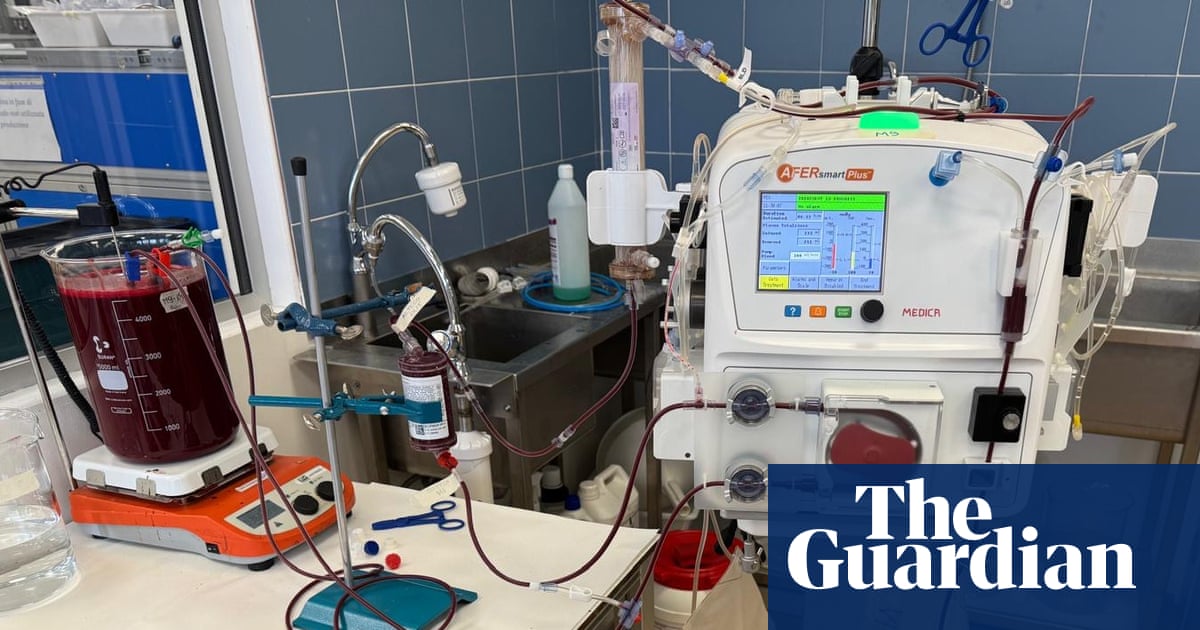Helen RichardsonNorth East and Cumbria
 BBC
BBCA young boy will spend Christmas at home after getting the all-clear from cancer.
Eight-year-old Jaxen, from…

Helen RichardsonNorth East and Cumbria
 BBC
BBCA young boy will spend Christmas at home after getting the all-clear from cancer.
Eight-year-old Jaxen, from…

Devon said he had been promised a place to stay after coming out of prison.
“[It] didn’t work out for me, so I had to be sleeping rough and started to sleep on the road.”
Supported by local organisation Aspire Oxford, he said he was able to find…

For most of us, the way to increase your chances of living for longer in good health is pretty straightforward.
Strength training, cardio work and flexibility routines can all improve your longevity, but according to trainer Eloise Skinner,…

Speaking to BBC Radio Guernsey, Mr Malcic said reaching £7m was a “recognition of both the generosity of the people of Guernsey, but also a recognition of all the benefits that the centre can bring”.
“It will be transformational, not only for St…

The NHS is to trial a potentially life-saving new treatment for a deadly liver disease that causes the body’s vital organs to fail.
Thirteen major hospitals will use a device that cleans patients’ blood that has become corrupted by toxins as a…

Thwaites, the most studied glacier in the world, commands attention because it is not only the widest in the world at 80 miles but also the shakiest. And its nickname “The Doomsday Glacier” certainly sets it apart from the 500 other…

It is a sure sign that Christmas is on the way when Fuse FM Mourne, an Ulster-Scots community radio station, hits the airwaves.
With Fuse being an acronym For Ulster Scots Enthusiasts – the station has been broadcasting from Reivers House in…

Bangladesh. A nation-state born out the faultiness of a discriminatory political fabric woven by the Pakistani military and political establishment amid Cold War tensions never embodied real hope for political pundits closely observing its…

We may earn revenue from the products available on this page and participate in affiliate programs.

Craftsmen behind restoration work at Windsor Castle and the Tower of London are applying their skills to replace the windows at a historic Northamptonshire building.
Tom and George Bayliss, stained glass restorers from Birmingham, are helping to…